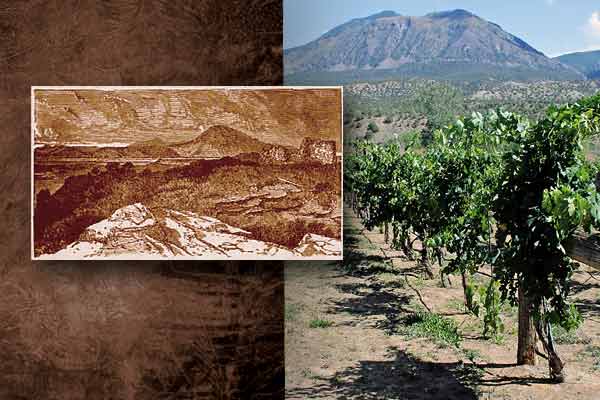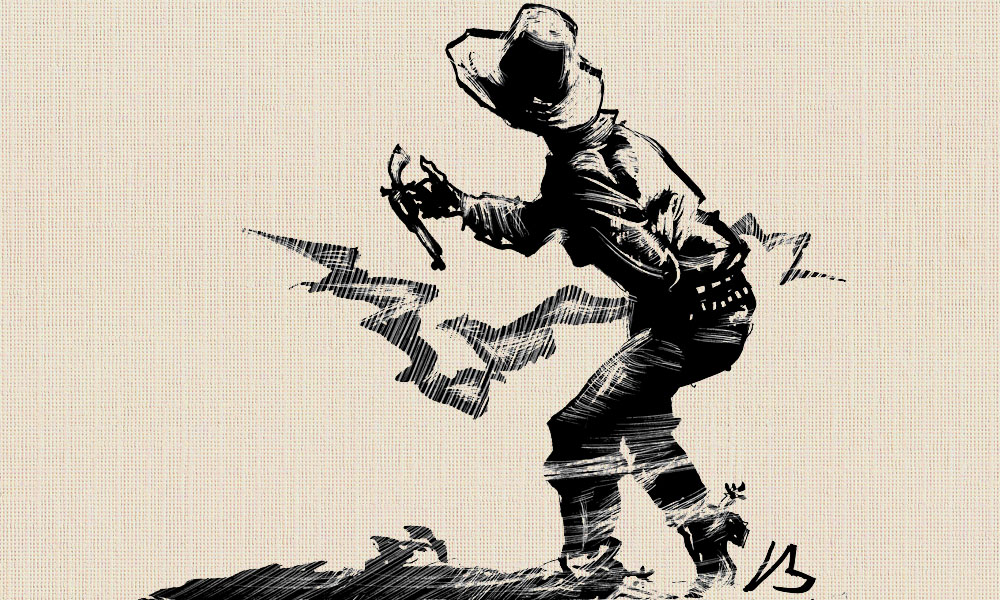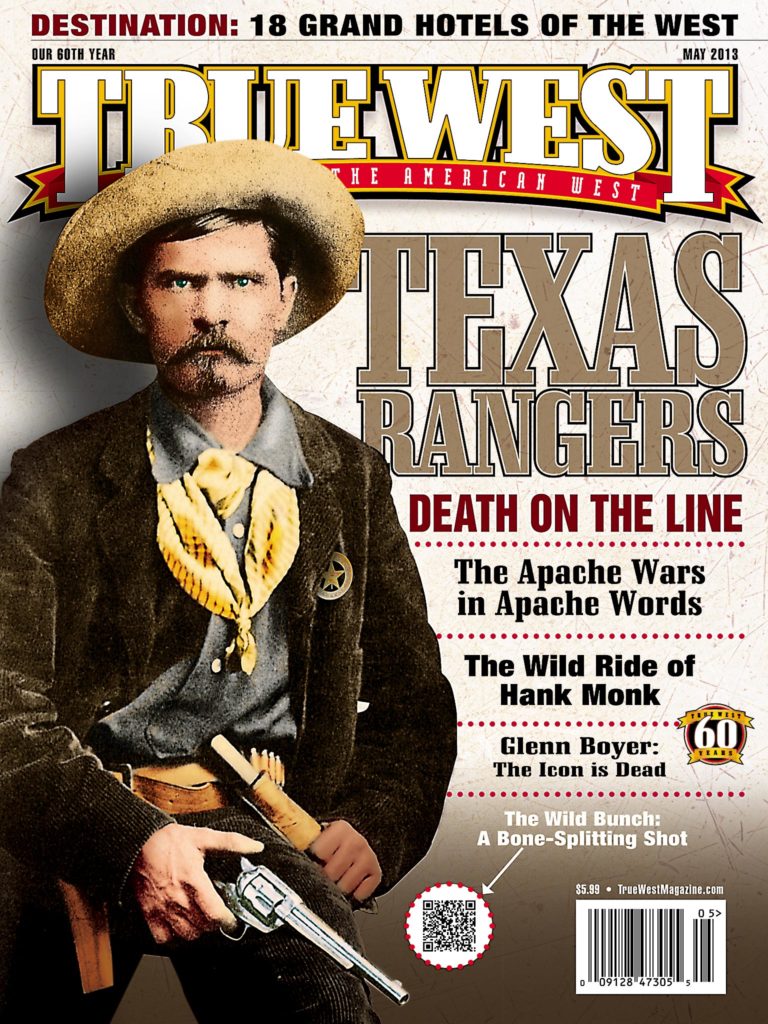 I am supposed to be interviewing Andy Sponseller at Ten Spoon Winery in Missoula, Montana, but he had to make an emergency trip up north.
I am supposed to be interviewing Andy Sponseller at Ten Spoon Winery in Missoula, Montana, but he had to make an emergency trip up north.
The Flathead cherries are finally in!
Cherry wine? Sweet wines, even made from fruits other than grapes, are becoming popular. I need help, so I turn to Jeff Siegel, Texas’s legendary Wine Curmudgeon (seriously, his website is WineCurmudgeon.com).
“The biggest change in the drinks business in the past decade has been the industry’s realization that if they make sweet booze they can sell more of it,” Siegel says. “They always seemed a little ashamed of doing that; witness white zinfandel, which was the pink-headed stepchild of the wine business. The recession cured them of their embarrassment. That’s why we are seeing flavored bourbon, may anyone who does that burn in Hell.”
I’m a wine snob, and while nothing wows me more than an Italian Barolo, the West is becoming great wine country—and not just California, Oregon and Washington. Don’t believe it? Drop in for a tasting at Colorado’s Creekside Cellars, Guy Drew Vineyards, Plum Creek Winery or Boulder Creek Winery. In 2010, Boulder Creek’s 2006 VIP Reserve, a 50-50 cabernet sauvignon/merlot blend, took home a Jefferson Cup as a top vinifera red. That invitational competition pits America’s best wineries.
Wine snob that I am, I’ll drink merlot, chardonnay, cabernet sauvignon, riesling, syrah, viognier … but … cherries?
“Fruit wine, in particular, has gone from something one made at home to a multimillion-dollar business,” Siegel says.
Here’s another take. “When the pioneers came West,” Bob Thaden says at Tongue River Winery in Miles City, Montana, “they had to use what they had available, what would grow out here.” So he pours me … rhubarb wine.
For me, the best way to ruin a good meal is to serve port. Reluctantly, I sip.
“I’m not a fan of sweet wines,” I tell him, “but this isn’t bad at all.”
“I wouldn’t steer you wrong,” Thaden says.
Of course not. Before turning to winemaking, he was a preacher. “Far more people are interested in visiting with me as a winemaker than they ever were as a pastor,” he says.
Thankfully, wines are still mostly grape products, so I drive to Palisade, Colorado. Two-thirds of Colorado’s vineyards and more than a fourth of the state’s wineries (including Plum Creek) are found here, while Evergreen’s Creekside and Boulder’s Boulder Creek grow their grapes here.
Colorado’s wine country isn’t limited to Palisade. Guy Drew, whose winery is in McElmo Canyon near Cortez, says, “Montezuma Valley might become the best high altitude growing area in Colorado.” The Winery at Holy Cross Abbey does a sweet rosé blend, Wild Cañon Harvest, made from grapes picked by more than 100 Cañon City area growers.
That’s the spirit of the West. You make due with what’s available.
Even if it’s, er, dandelion.
Back in Montana, Ken Schultz is giving me the history of mead at Hidden Legend Winery in Victor, Montana. Mead’s a honey wine, which dates as far back as 7000 B.C.
He makes mead from local pure honey, chokecherries and huckleberries. He even makes a dandelion wine.
Well, the weed does grow here, so that’s the pioneer spirit.
Besides, Schultz says of his dandelion wine, “It’ll help cure you of allergies.”
For that, I’ll drink anything.
A 2009 Cabernet Franc from Boulder Creek Winery helped Johnny D. Boggs finish this article.





